The power of the media is frightening. At its best, it can expose lies, fraud and political shenanigans. At its worst, it can destroy people's lives and can drive sane people mad by ignoring or distorting their efforts.
Take - as a prime example of media blackout - last week's Great British Beer Festival in London. Here was an event that extolled one of the few remaining things we do well in this country - making our own distinctive styles
of beer.
If Earl's Court had rafters, they would have been packed. As a veteran of most of the 30 annual GBBFs, I have never seen such crowds. The numbers attending were substantially up on last year's and were set to break all records.
As a writer with a number of books on sale in the festival bookshop, I was astonished by the titles being bought. The shelves looked as though they had been attacked by a plague of literary locusts, and books had to be repeatedly restocked by the staff.
If you'll pardon the pun, there was clearly a thirst, not only for good beer, but also for books that inform people about beer's rich heritage and history, as well as the best pubs in which to enjoy them.
And yet, for most of the media, nothing appeared to be happening at Earl's Court.
A few newspapers ran what journos call NIBS - News In Briefs - reporting that Hobsons Mild had been named Champion Beer of Britain. The rest was silence.
The Guardian published a large photo of the festival, but used it to illustrate a report on its business pages that Scottish & Newcastle had had a bad summer, with beer sales down 17%.
This is known in modern jargon as a disconnect. The fact that S&N's sales are suffering has nothing to do with the craft beer sector of the brewing industry. Sales of quality cask ales are growing dynamically and, as the festival proved, there is a growing number of appreciative people who want to drink them.
How wonderful and heart-lifting it would have been if just one national newspaper last week had published a major spread about the spirited revival of cask beer, the enormous range available - some 3,000 beers will be listed in the new Good Beer Guide - and the development of both old styles such as IPA, porter and stout, and new ones such as golden ales and fruit beers.
Added to this - as Andrew Pring reported last week - Adnams has invested millions in a new brewhouse and warehouse complex that are eco-friendly, using solar power and rain water to power and clean the premises. Adnams is not alone. Scores of small brewers are doing their best to save the planet by running brewing water into reed beds, ponds and lakes, and sourcing grain and hops from local producers.
But, as any cynical journalist will tell you, the media doesn't do good news stories. Binge drinking and the mythical "24-hour pub opening" ring all the bells in the newsrooms of newspapers and TV stations.
How can we turn the situation round? How can we tell the British public there is great beer to be had, not only at Camra beer festivals, but also in thousands of pubs throughout the country?
Last week Andrew Jefford called for pubs of excellence to be given greater prominence in books, newspapers and tourist information bureaux. Some of us are doing our best, Andrew. There's no shortage of guides - Good Beer Guide, The Good Pub Guide, the AA's The Pub Guide, Alastair Sawday's Pubs and Inns of England and Wales, plus dozens of local Camra guides. There's also a growing number of websites dedicated to good beer and pubs.
As I checked the final proofs of the new Good Beer Guide I was struck by the number of pub entries reporting hosts organising beer festivals, trawling the country for new and exciting brews and adding for good measure a range of Belgian ales and Czech lagers.
Just as more and more people attend beer festivals, sales of the Good Beer Guide grow year on year. More people want to drink craft beers in pubs dedicated to quality, and it's a disgrace that the British media sells brewers, licensees and consumers short.
www.beer-pages.com



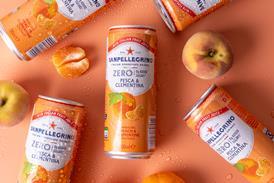



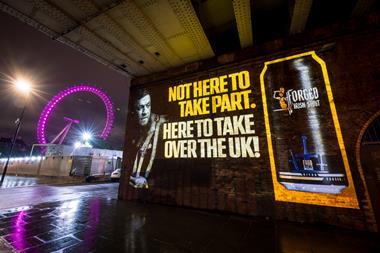
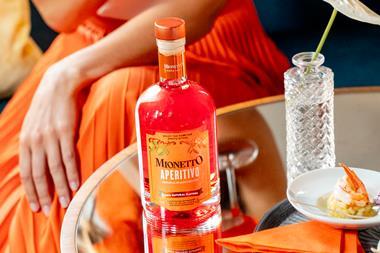



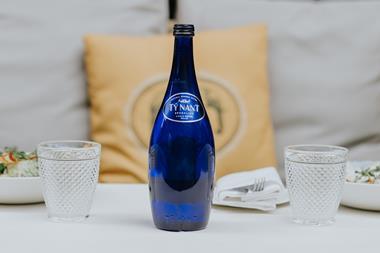

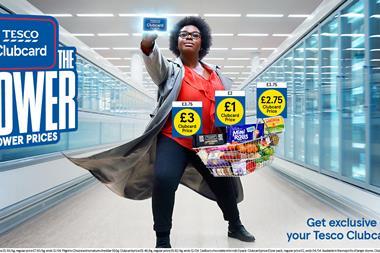
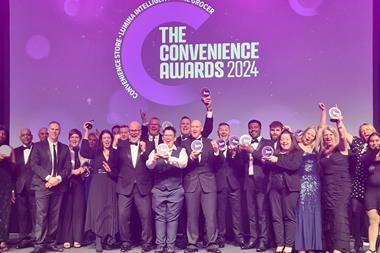

No comments yet